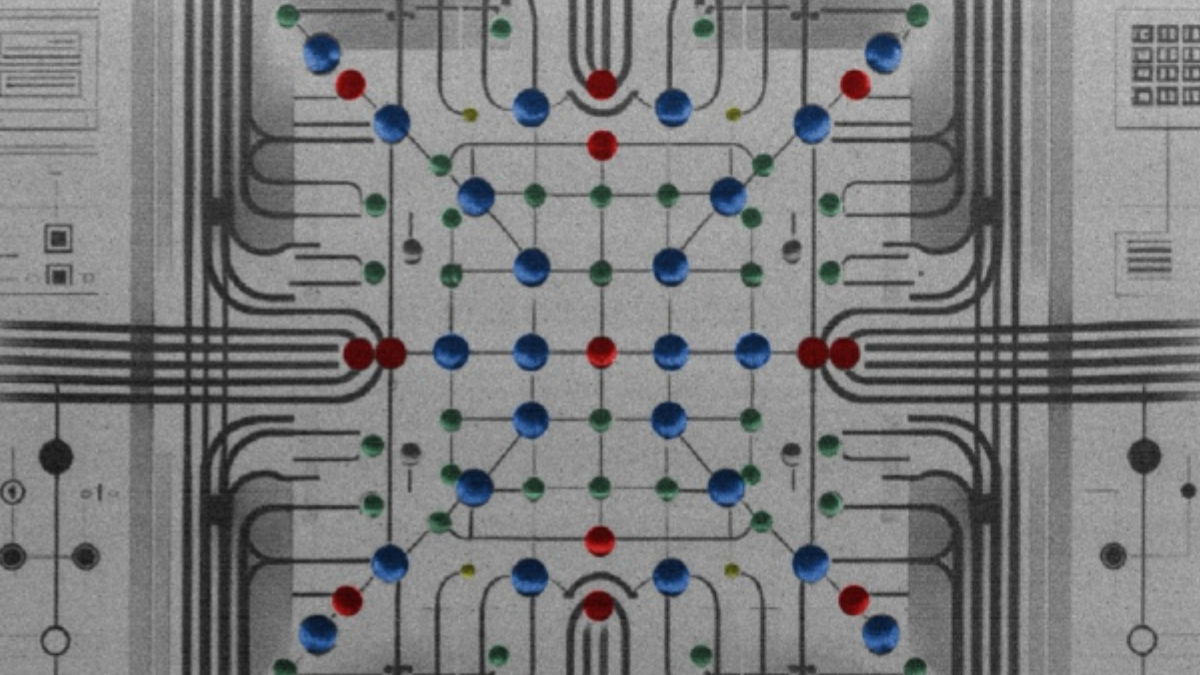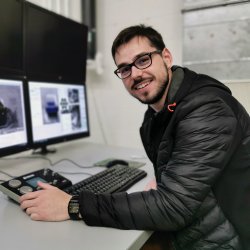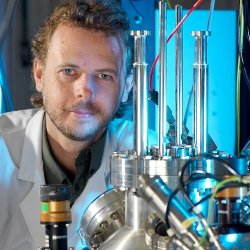Ant-Man and Superman techniques expose tiny hidden impurities in crystals
A breakthrough in atomic-scale X-ray imaging, detecting the presence of just a few hundred gallium atoms inside an otherwise pure silicon crystal, is being celebrated at the University of Surrey.

Spotting such tiny impurities could help build more efficient and powerful quantum computers.
Now, the team predicts that X-ray imaging will detect a single atom inside a solid sample within the next year or so.
In a regular chest X-ray, heavier and lighter elements show up differently. This allows us to see metal screws or bones. Density alters the contrast, which is how we can pick out air-filled lungs.
The Surrey scientists wondered how small a density the X-ray could detect.
They developed an experiment with colleagues at DESY (Germany), UCL, and Madison-Wisconsin to find out. They used the X-ray facilities at the National Synchotron Light Source II at Brookhaven National Laboratory (USA).
At Surrey’s Ion Beam Centre, they implanted just 350 zeptogrammes of gallium atoms in an otherwise pure silicon crystal. That’s about a million billion times less than the mass of an ant or about a billion times less than that of a single cell.
Remarkably, the X-rays were sensitive enough to find the tiny cluster of gallium atoms.
The study is published in the journal Small Methods.
Related sustainable development goals







